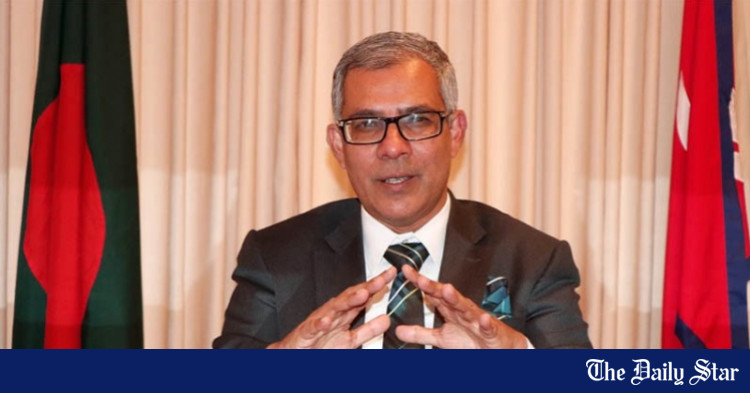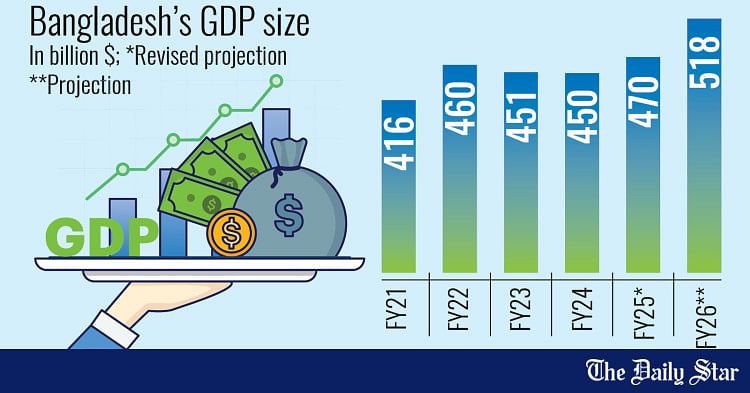Saif
Senior Member
- Jan 24, 2024
- 12,725
- 7,062
- Origin

- Residence

- Axis Group

- Copy to clipboard
- Thread starter
- #517

Bangladesh calls for reforms in global financial system
Says Bangladesh’s permanent representative to the UN
Bangladesh calls for reforms in global financial system
Says Bangladesh’s permanent representative to the UN

Bangladesh has called for a reformed international financial system and enhanced technology support to address critical social development needs.
Ambassador Salahuddin Noman Chowdhury, Bangladesh's permanent representative to the UN, made the appeal while addressing the 63rd session of the Commission for Social Development (CSocD63) at the UN Headquarters in New York today.
He underscored the need for international cooperation to bridge existing gaps and ensure sustainable and inclusive development.
Highlighting Bangladesh's key national initiatives under the current interim government led by Muhammad Yunus, the ambassador reaffirmed the country's commitment to inclusive policies aimed at advancing social development.
The ambassador also stressed the government's focus on eliminating poverty, tackling unemployment, and reducing net carbon emissions.
He outlined Bangladesh's efforts to combat climate change through adaptation and mitigation programmes despite limited resources.
Additionally, he called for renewed global commitments in financing, technology transfer, and capacity-building to create a just, inclusive, and resilient future.
The 63 session of the Commission for Social Development (CSocD63) is taking place at the United Nations Headquarters in New York from February 10 to 14.
Bangladesh is a member of the commission for the 2023-2027 term.
Says Bangladesh’s permanent representative to the UN
Bangladesh has called for a reformed international financial system and enhanced technology support to address critical social development needs.
Ambassador Salahuddin Noman Chowdhury, Bangladesh's permanent representative to the UN, made the appeal while addressing the 63rd session of the Commission for Social Development (CSocD63) at the UN Headquarters in New York today.
He underscored the need for international cooperation to bridge existing gaps and ensure sustainable and inclusive development.
Highlighting Bangladesh's key national initiatives under the current interim government led by Muhammad Yunus, the ambassador reaffirmed the country's commitment to inclusive policies aimed at advancing social development.
The ambassador also stressed the government's focus on eliminating poverty, tackling unemployment, and reducing net carbon emissions.
He outlined Bangladesh's efforts to combat climate change through adaptation and mitigation programmes despite limited resources.
Additionally, he called for renewed global commitments in financing, technology transfer, and capacity-building to create a just, inclusive, and resilient future.
The 63 session of the Commission for Social Development (CSocD63) is taking place at the United Nations Headquarters in New York from February 10 to 14.
Bangladesh is a member of the commission for the 2023-2027 term.













